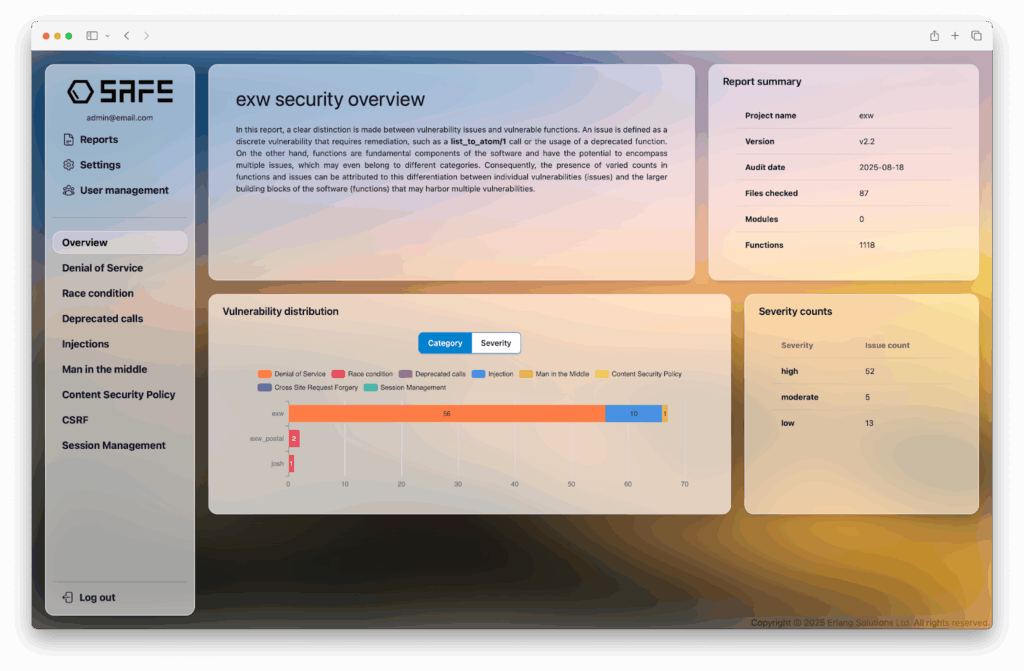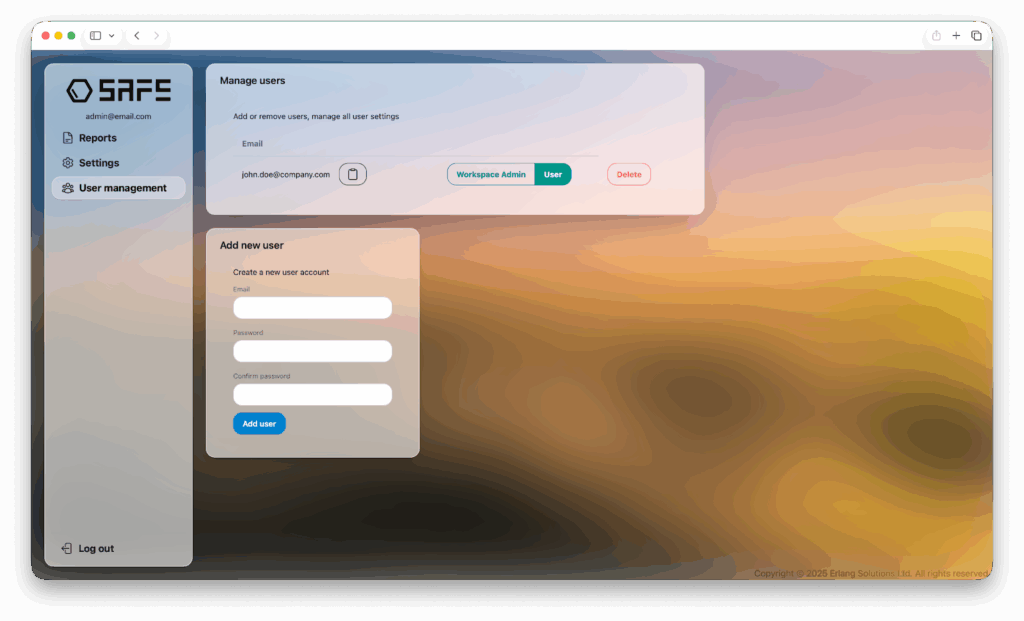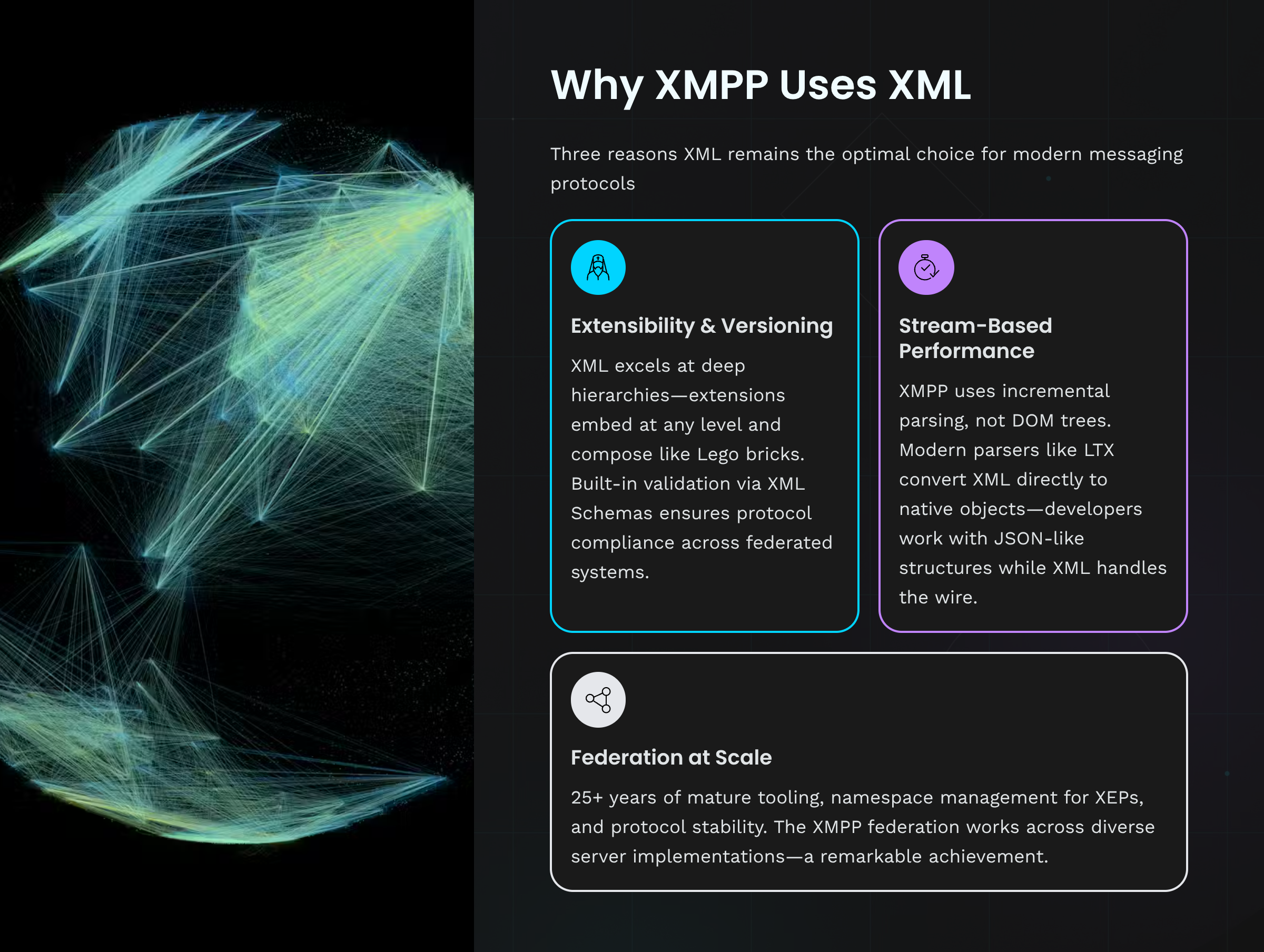The moment a fintech product shifts from prototype to production is often when the cracks appear. Tiny shortcuts. Half-formed assumptions. Decisions made because “we’ll fix it later.” They all return, and they return quickly.
At first, everything looks fine. The demo works. Early users onboard without trouble. In turn, confidence builds. Then real volume arrives with real expectations, and the product that once felt promising starts to resist growth.
The (Minimum Viable Product) MVP phase should have revealed the weak points. It should have been the place to break things safely. But often it becomes a race to launch without learning much at all. Speed gets mistaken for insight, and the cost shows up when the stakes are highest.
For teams serving SMEs, the risk is even greater.
The Scaling Problem: When “go fast” Stops Working
Fintechs focused on small businesses usually start strong. They prove demand, attract their first cohorts and show early traction.
Then comes the real hurdle: scale.
Small and medium-sized businesses don’t want flash. They want reliability, simplicity and absolute confidence that their money, payments, payroll and data won’t break at the wrong moment. According to
The Payment Association
, with 5.51 million SMEs representing 99% of UK businesses alone, that demand is huge.
Picture thousands of businesses depending on your platform every minute. If your stack can’t handle load variations, regulatory nuances across regions or the complexity of business onboarding, growth becomes dangerous.
And the consequences aren’t theoretical. One industry review found that hidden infrastructure issues in
fintech quietly drain 10–20% of capital
and create terrifying downtime costs.
When an SME loses access to its financial tools, even for an hour, it can feel like a lost lifeline.
Scenario in action
Let’s imagine a fintech that nails product-market fit in one region. SMEs love it. Growth follows. Then expansion begins, and strain appears immediately.
The original build never accounted for multi-region onboarding, regulatory differences, load variation or different payment rails. The product did not fail. Success exposed everything the MVP never tested.
This often happens when early architecture is not prepared for real-world complexity. As usage expands, the gaps surface quickly.
Why MVP habits collapse at SME scale
In the rush to market, fintechs often use the MVP mindset (launch early, iterate fast). That works for consumer apps but is riskier for platforms serving SMEs, where downtime, data inconsistency and compliance are costly.
Research shows only around
43% of UK SMEs accessed external finance
in Q2 2024, and just 44% of applications were successful.
Given this tight margin of trust and reliability, the fintech solving SME problems must get the architecture right from early on.
SMEs often adopt fintech solutions fast: one study found that
65% of UK SME
decision-makers believe they need the agility of fintech to enable their growth plans.
The opportunity is there; what is less guaranteed is the product foundation. When the MVP is built purely for launch speed, the next stage of growth can expose fragilities.
Common challenges for SME-serving fintechs:
-
Lack of monitoring for thousands of SME users rather than hundreds
-
Compliance demands when onboarding business accounts vs consumer
-
Manual operational workarounds that don’t scale
-
Infrastructure built for single region, not multi-market
These issues rarely show up in a prototype. They surface the moment production load, regulation and real SME behaviour collide.
Building for production: What matters most
Turning a prototype into a platform that serves millions of SMEs requires architectural discipline. It starts with asking a simple question: what happens when this grows?
Technology choices matter. Systems built on concurrency, resilience and fault tolerance give fintechs room to scale without rebuilding from scratch.
Platforms using the BEAM virtual machine and languages like Elixir rely on lightweight processes and supervision strategies that keep systems stable under heavy load. Adopting these foundations early means your prototype does not have to be replaced. It evolves.
And SMEs feel that difference.
What this means for fintech SMEs (and their customers)
When a fintech platform is designed with SMEs in mind, the impact is felt inside the company and in the daily routines of customers.
Reduced downtime and more stability
SMEs cannot pause operations because a platform is struggling. Payroll, payments and transactions move continuously. Downtime is costly and trust disappears quickly. A system designed to scale helps avoid those fragile moments and reduces the need for constant emergency fixes.
Lower cost of change
When the architecture anticipates growth, teams spend less time rebuilding and more time improving the product. Smoother onboarding, integrated payments and better analytics become easier to deliver. Languages like Elixir support this quietly, allowing teams to make changes without breaking the foundations.
Simpler compliance and clearer audit-ability
Serving SMEs means navigating business account requirements, lending oversight and payment regulations. Systems built to production standards make compliance part of the design rather than a collection of manual steps.
Faster deployment and steady iteration
Fintechs must keep innovating without sacrificing stability. Lightweight processes and strong supervision make frequent, safe deployments possible. Stability and progress can coexist.
A better experience for SME customers
When the platform works reliably, teams can focus on problems that matter: cash-flow visibility, credit access, smoother invoicing and efficient banking. SMEs notice.
85 percent
of UK SMEs would consider choosing a fintech over a traditional bank because the digital tools are stronger.
To conclude
Fintechs serving SMEs rarely struggle because the idea is weak. They struggle when the technology behind that idea cannot keep up with real businesses. The prototype is only the starting point. Production is where reliability becomes a promise you must keep.
SMEs run on trust, cash flow and predictable systems. When a platform fails, it affects salaries and core operations.
This is why resilient foundations matter. Using a programming language like Elixir, built on BEAM’s concurrency and fault-tolerance strengths, helps teams create systems that stay steady even as demand rises. It gives product teams room to improve instead of constantly patching.
The SME opportunity is significant. The question is whether your platform has the strength to grow with it. If you’re a fintech and would like to build with resilience in mind,
let’s talk
.
Turning fast- moving prototypes into stable, scalable solutions is far easier when you make the right choices early.
The post
From Prototype to Production: Scaling Fintech for SMEs
appeared first on
Erlang Solutions
.











